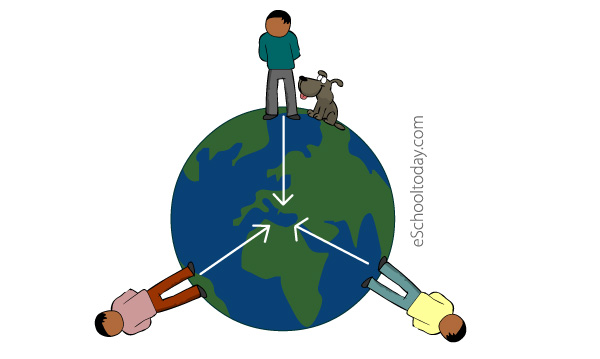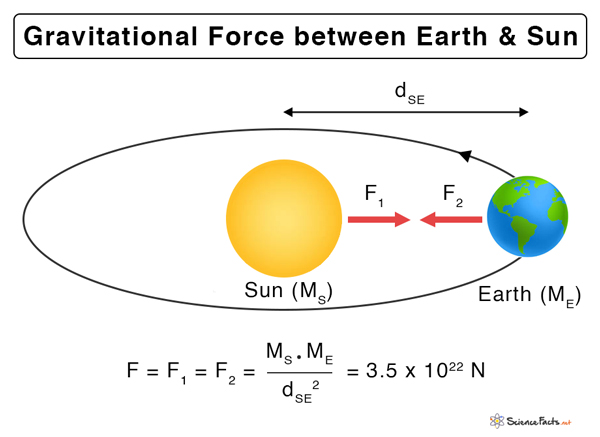

If arterial pressure falls appreciably upon standing, this is termed orthostatic or postural hypotension. Left ventricular stroke volume also falls because of reduced pulmonary venous return (decreased left ventricular preload). This causes cardiac output (CO) and mean arterial pressure (MAP) to fall. This decreases right ventricular filling pressure ( preload), leading to a decline in stroke volume by the Frank-Starling mechanism. This shift in blood volume decreases thoracic venous blood volume (CV Vol) and, therefore, central venous pressure (CVP) decreases. Therefore, venous volume (Vol) and pressure (VP) become very high in the feet and lower limbs when standing. (Compare the size of veins on the top of your feet while lying down and standing.) Because venous compliance is high and the veins readily expand with blood, most of the blood volume shift occurs in the veins.

When the person suddenly stands upright, gravity acts on the vascular volume, causing blood to accumulate in the lower extremities. In this position, venous blood volumes and pressures are distributed evenly throughout the body. When the person is lying down (supine position), gravitational forces are similar on the thorax, abdomen, and legs because these compartments lie in the same horizontal plane. To illustrate this, consider a person who is lying down and then suddenly stands up. Gravitational forces significantly affect venous return, cardiac output, and arterial and venous pressures.


 0 kommentar(er)
0 kommentar(er)
